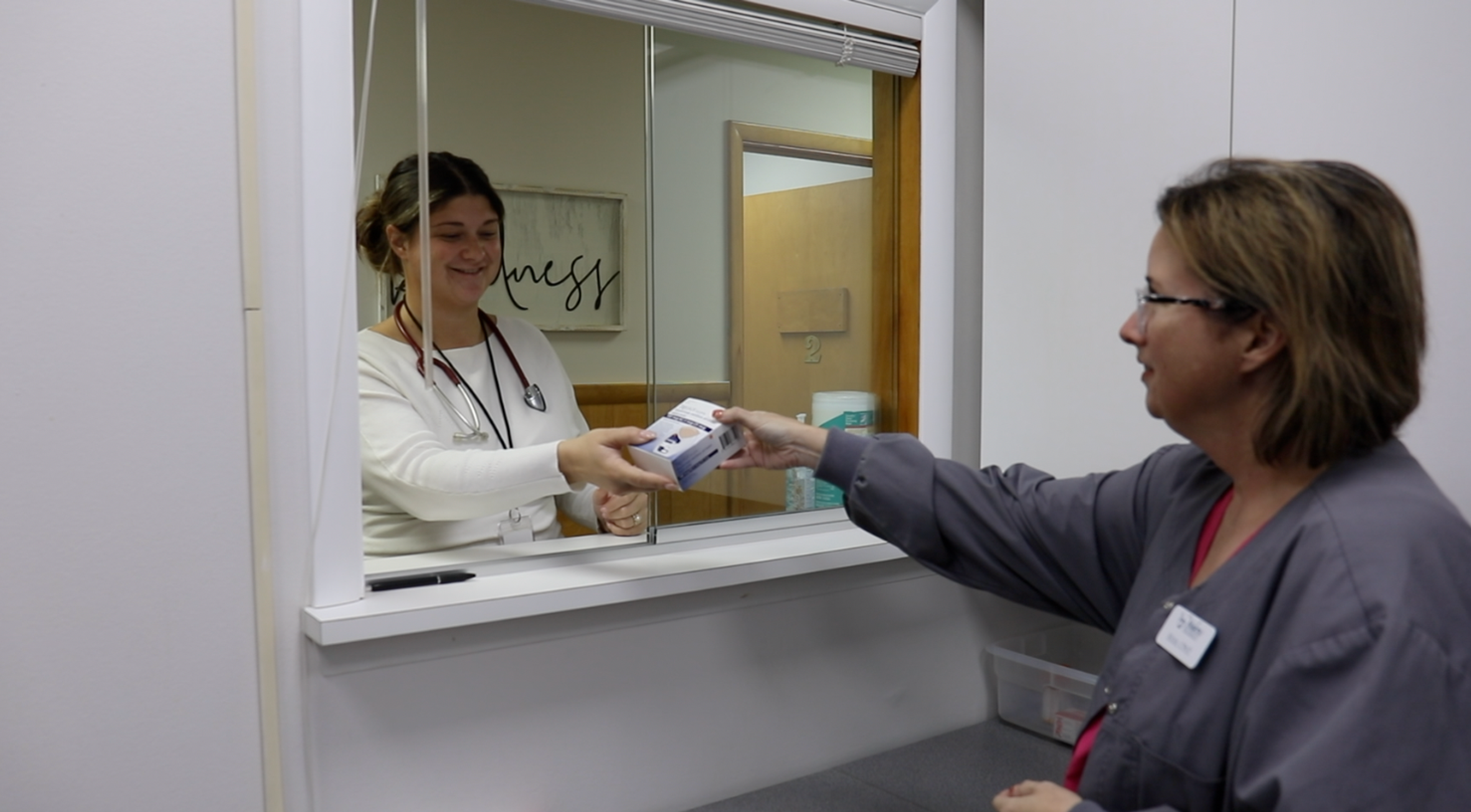What is Extensor Tendonitis?

Lindsay Knake
| 3 min read
Lindsay Knake is a brand journalist for Blue Cross B...

Key Takeaways
- Extensor tendons run along the top of your hands and feet, allowing you to move and flex these appendages.
- Tendonitis is inflammation or irritation of the tissue that can cause pain or discomfort.
- Rest and over-the-counter pain medications are the most common treatments; surgery is rare.
Pain on the top of your hands or feet can make daily activities such as typing or chores difficult or even impossible.
One common cause of pain or discomfort to these appendages is called extensor tendonitis, according to the Cleveland Clinic. Learn more about what extensor tendonitis is, the causes and how to treat it.
What is extensor tendonitis?
You have extensor tendons in your hands and feet, according to the American Society for Surgery of the Hand. In the back of your hands, these are the tendons that extend along your metacarpal bones and are right under the skin. Extensor tendons allow you to straighten your fingers and extend your wrists back. These tendons are on the top of your feet, along the metatarsal bones, and allow you to lift your toes and extend the foot up from the ankle.
Tendonitis is inflammation or irritation of the tendon. The swelling of the tissue makes it more difficult to use and causes pain or discomfort.
Symptoms of extensor tendonitis include:
- Pain along or near the tendon
- Pain that worsens with activity
- Stiffness
- Swelling
- Warmth around a tendon
The most common cause of extensor tendonitis is repetitive activities that cause irritation. Some specific causes of extensor tendonitis, per the Cleveland Clinic, include:
- Typing on a keyboard or using a mouse
- Sports such as weightlifting, running, pickleball or dancing
- Scrubbing or cleaning
- Gardening
- Playing an instrument
- Tight or poorly fitted shoes
- Extended time on your feet
How to treat extensor tendonitis
Extensor tendonitis usually is treatable with rest and over-the-counter medications, and the condition rarely requires surgery, according to the Cleveland Clinic. It can take tendons a few days to several weeks to heal depending on the severity of the injury and your ability to rest.
If you start having pain or swelling on the top of your hands and feet, take a few days away from aggravating activities to rest the tissue. You can take non-steroidal anti-inflammatory drugs (NSAIDS) such as aspirin or ibuprofen to reduce the pain and swelling. Compression from an elastic bandage, socks or sleeves may also provide support and a feeling of relief.
If after a few days the pain doesn’t recede, talk to your primary care provider (PCP). You may need more significant care like a corticosteroid injection or a referral to aspecialist or a physical therapist. Physical therapy can help you reduce pain, strengthen the tendons and muscles and instruct youhow to move during the activity to avoid future injury.In severe cases, a specialistmay suggest surgery as an option.
Pain in the area can also be caused by stress fractures in the bones, which are also often overuse injuries, according to Harvard Health. An X-ray can help determine whether the injury is in the tendon or bone.
If you are engaged in sports or activities that involve repetitive use, take a break from the activities to allow rest and make sure your form is correct. Warm up and cool down before the sport and wear properly fitted shoes.
An ergonomic workstation, including a keyboard and mouse, can also relieve pressure on the tendons in your hand.
Image: Getty Images
Related:





